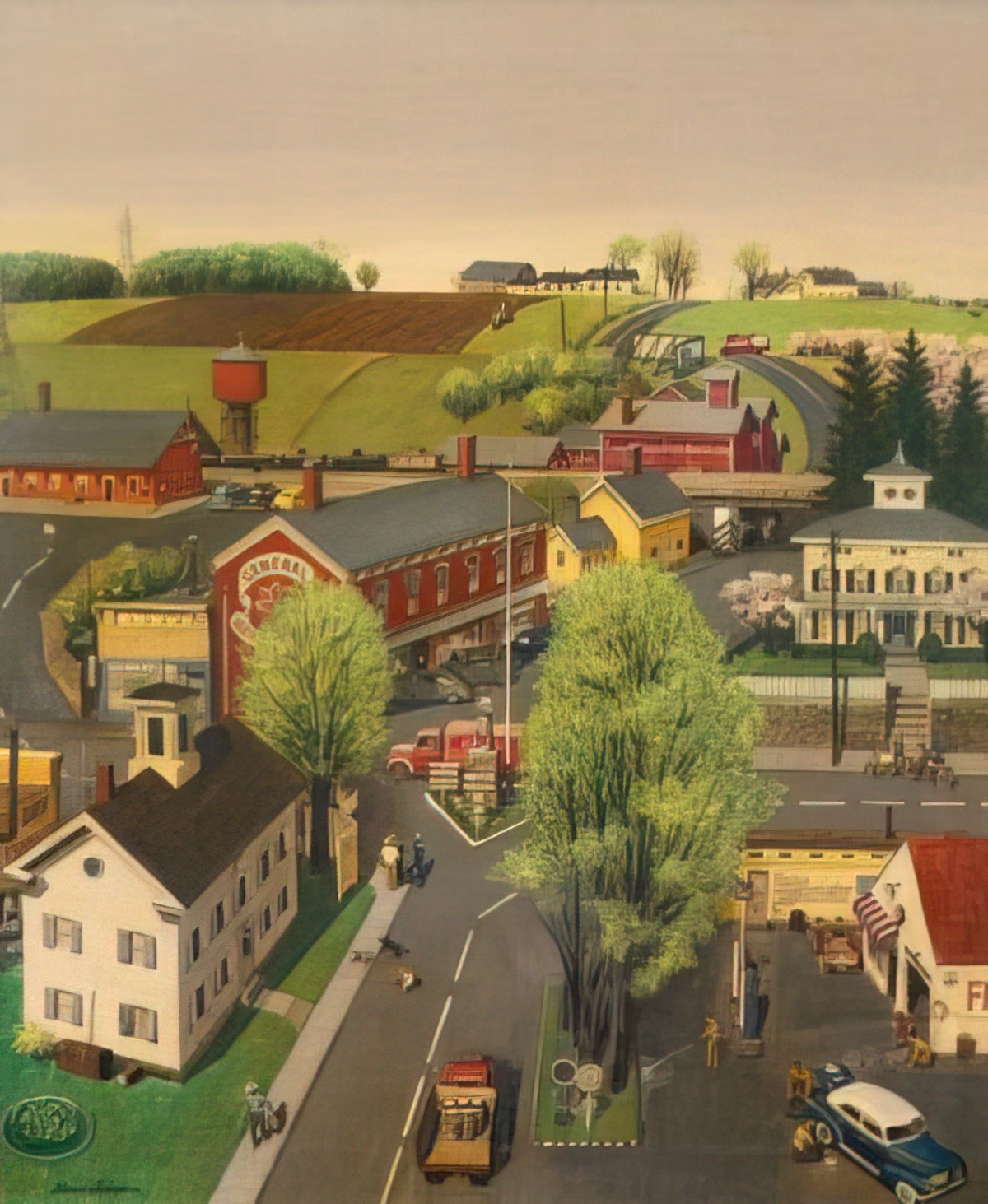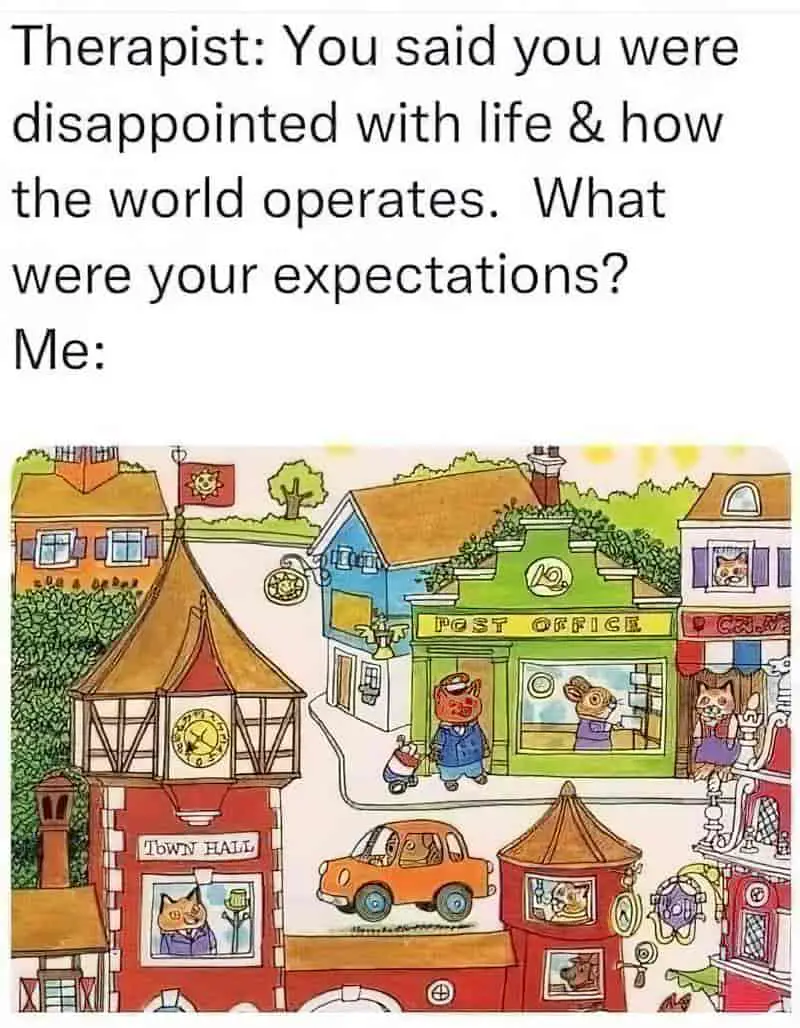
MAIN STREET OF SHANCARRIG IN COPPER BEECH BY MAEVE BINCHY
Irish novelist Maeve Binchy offers a masterclass in how to describe the same locale via two different point of view.
The novel opens with the local Father Gunn preparing for a visit from the very important Bishop. Readers see this small Irish town as the Bishop is guided from the bus to the local school, escorted by the Father:
The Bishop seemed interested in everything he saw. They left the station and walked the narrow road to what might be called the centre of town had Shancarrig been a larger place. They paused at the Church of the Holy Redeemer for His Grace to say a silent prayer at the foot of the alter. Then they walked past the bus stop, the little line of shops, Ryan’s Commercial Hotel and The Terrace where the doctor, the solicitor and other people of importance lived.
The Bishop seemed to nod approvingly when places looked well, and to frown slightly as he passed the poorer cottages. But perhaps that was all in Father Gunn’s mind. Maybe His Grace was unaware of his surroundings and was merely saying his prayers. As they walked along Father Gunn was only too conscious of the smell from the River Grane, low and muddy. As they crossed the bridge he saw out of the corner of his eye a few faces at the window of Johnny Finn Noted for Best Drinks. He prayed they wouldn’t find it necessary to open the window.
Copper Beech by Maeve Binchy
Maeve Binchy changes the focal character at the beginning of the next chapter, to a nature-loving young woman called Maddy. Now we see the same small town from the point of view a completely different personality:
The Rosses had a small house on the bank of the River Grane, not near the rundown cottages, but further on towards Barna Woods which led up to the Old Rock. Almost anywhere you walked from Maddy Ross’s house was full of interest, whether it was up a side road to the school, or past the cottages to the bridge and into the heart of town, where The Terrace, Ryan’s Commercial Hotel and the row of shops all stood. But her favourite walk was to head out through the woods, which changed so much in each season they were like different woods altogether. She loved them most in autumn when everything was golden, when the ground was a carpet of leaves.
You could imagine the trees were people, king big people about to embrace you with their branches, or that there was a world of tiny people living in the roots, people who couldn’t really be seen by humans.
Copper Beech by Maeve Binchy
MAIN STREET FROM “COMING SOON” BY STEVEN MILLHAUSER
On weekends and evenings, whenever he was free, Levinson liked nothing better than to explore the streets of his town. Main Street was always alive, but that wasn’t the only part of town with an energy you could feel. On residential streets, houses displayed new roofs, renovated porches, bigger windows, fancier doors; in outlying neighborhoods, empty tracts of land blossomed with medical buildings, supermarkets, family restaurants. During early visits to the town, he’d seen a field of bramble bushes with a sluggish stream change into a flourishing shopping plaza, where stores shaded by awnings faced a parking lot studded with tree islands and flower beds, and shortly after his move he’d watched, day after day, as a stretch of woods at the west end of town was cut down and transformed into a community of stone-and-shingle houses on smooth streets lined with purple-leaved Norway maples. You could always find something new in this town—something you weren’t expecting. His city friends, skeptics and mockers all, could say what they liked about the small-town doldrums, the backwater blues, but that didn’t prevent them from coming up for the weekend, and even they seemed surprised at the vitality of the place, with its summer crowds, its merry-go-round in the park, its thronged farmers’ market, and, wherever you looked, on curbsides and street corners, in vacant lots and fenced-off fields, men and machines at work: front-end loaders lifting dirt into dump trucks, excavators digging their toothed buckets into the earth, truck-mounted cranes unfolding, rising, stretching higher and higher into the sky.
“Coming Soon“, Steven Millhauser
In the description below, author Nicholas Evans describes a small town first from a long shot point of view then, as the driver (Dan) drives into the town we see it as he would from a car window. The description of a ‘blink and you miss it’ town is not original, but the verb ‘fishboned’ is. By listing the shops, Evans gives us a good idea of the population of this town — their needs, their desires, and then injects a touch of irreverent humour by putting churches and bars into the same category.
HOPE, MONTANA FROM THE LOOP
In the far distance now, Dan saw the town looming. It was the kind of town you could drive through and barely know you’d been there. One straight street, a couple of hundred yards long, fishboned with a few side alleys. At one end stood a rundown motel and at the other a school, and in between you could find a gas station, a grocery, a hardware store, a diner, a laundromat and a taxidermist.
Many of the town’s five hundred or so population lived scattered along the valley and to service their various spiritual needs there were two churches and two bars. There were also two gift shops, which said more about optimism than sound business sense; for although summer tourists often passed through Hope, few chose to longer.
In an attempt to remedy this and to meet demand from the modest but growing band of subdivision newcomers, one of these shops (and by far the better) had last year installed a cappuccino bar.
The Loop, Nicholas Evans
THE TOWN OF RIGBY FROM “GALLATIN CANYON” BY THOMAS MCGUANE
But there was Rigby, and, in the parlance of all who have extracted funds from locals, Rigby had been good to me. Main Street was lined with ambitious and beautiful stone buildings, old for this part of the world. Their second and third floors were now affordable housing, and their street levels were occupied by businesses hanging on by their fingernails. You could still detect the hopes of the dead, their dreams, even, though it seemed to be only a matter of time before the wind carried them away, once and for all.
“Gallatin Canyon”
A SMALL SEASIDE TOWN IN NEW ZEALAND
Witi Ihimaera’s Sky Dancer is a comic novel. We first see the landscape via the viewpoint of birds. Now the camera is on the ground with two women, one older, one a ‘chick’. This reads like a description of many small New Zealand towns.
“Honey, please don’t tell me that this is where we’re staying,” Cora said.
The main street led down to the small port. On one side was a pub, a fish and chip shop, a takeaway bar, a video rental shop and, interestingly, a massage parlour advertising in Korean and Japanese. On the other side of the street was another pub, a hall which looked like it offered Housie during the week and showed action and sci-fi movies during the weekends, a corner supermarket which also sold Lotto tickets and, next to it, an all-night diner. The diner had a couple of cars and a motorbike parked outside.
“Look on the bright side,” Skylark said. “It’s off season, so it’s not costing us too much to stay here, and–” she pointed at the all-night diner — “at least there are some signs of a pulse.”
Witi Ihimaera, Sky Dancer
A SMALL TOWN IN AN AUSTRALIAN SUMMER
If anything, the day has grown hotter, the glare beyond the shop awnings more dazzling. Nothing moves, except the shimmering heat haze rising from the street. The temperature must have hit forty, without a breath of wind. He walks into the brightness. Touching the roof of his car is like touching a skillet. Something moves in the stillness, a shifting at the edge of vision, but when he turns he can’t see anything. No—there, in the centre of the street: a lizard. He walks across. It’s a stumpy tail, still as death. Bitumen is seeping through cracks in the road and Martin wonders if the lizard has become stuck. But it scurries away, blood quickened by the heat, rushing under a parked car. Another sound. A spluttering cough. Martin turns, sees the man shuffling along under the awnings on the other side of the road.
Scrublands by Chris Hammer (2018)
BLACK HORSE, ONTARIO
The following is the opening of a short story by Canadian author, Alice Munro, who is describing a tiny ‘town’ somewhere in Ontario. The story was published at the end of the 1960s.
The place called Black Horse is marked on the map but there is nothing there except a store and three houses and an old cemetery and a livery shed which belonged to a church that burned down. It is a hot place in summer, with no shade on the road and no creek nearby. The houses and the store are built of red brick of a faded, gingery colour, with a random decoration of grey or white bricks across the chimneys and around the windows. Behind them the fields are full of milkweed and goldenrod and big purple thistles. People who are passing through, on their way to the Lakes of Muskoka and the northern bush, may notice that around here the bountiful landscape thins and flattens, worn elbows of rock appear in the diminishing fields and the deep, harmonious woodlots of elm and maple give way to a denser, less hospitable scrub-forest of birch and poplar, spruce and pine — where in the heat of the afternoon the pointed trees at the end of the road turn blue, transparent, retreating into the distance like a company of ghosts.
“A Trip To The Coast” by Alice Munro
This evocative paragraph comprises:
- The name of the place (reminiscent of early settler times, of the frontier)
- What there is: A list of buildings and landmarks
- Climate in summer
- What there is not: a church, shade on the road, creek nearby
- Building materials
- Area surrounding the township (fields of weeds)
- What is noticed by someone unfamiliar to the area (people passing through)
- Geological and botanical descriptions, as if from a textbook
- A switch to the supernatural (juxtaposed against the textbook description)
Later in the same story, the eleven-year-old character starts to see her home differently after a trip to the coast is mentioned. Alice Munro describes the same tiny township again, but notice the difference:
The clouds were dingy; the world was filled with an old, dusty unfriendly light that seemed to come not from the sky alone but from the flat brick walls, the white roads, the grey bush-leaves rustling and the metal signs flapping in the hot, monotonous wind.
“A Trip To The Coast” by Alice Munro
WRITE YOUR OWN
Using imagery from two or more of the images below and write a description of a Main Street.
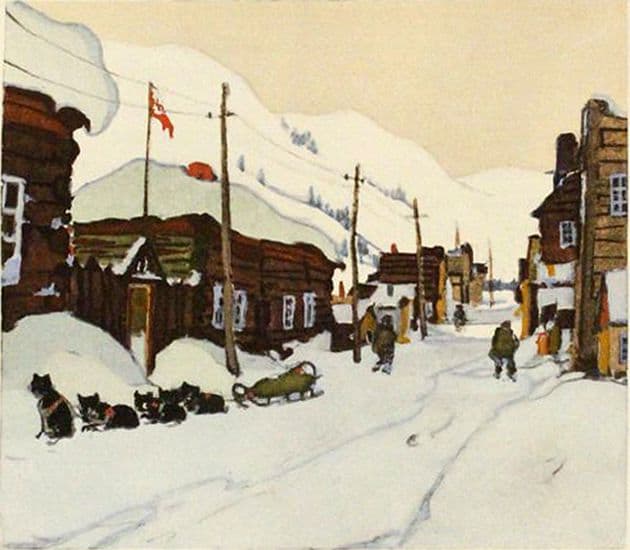
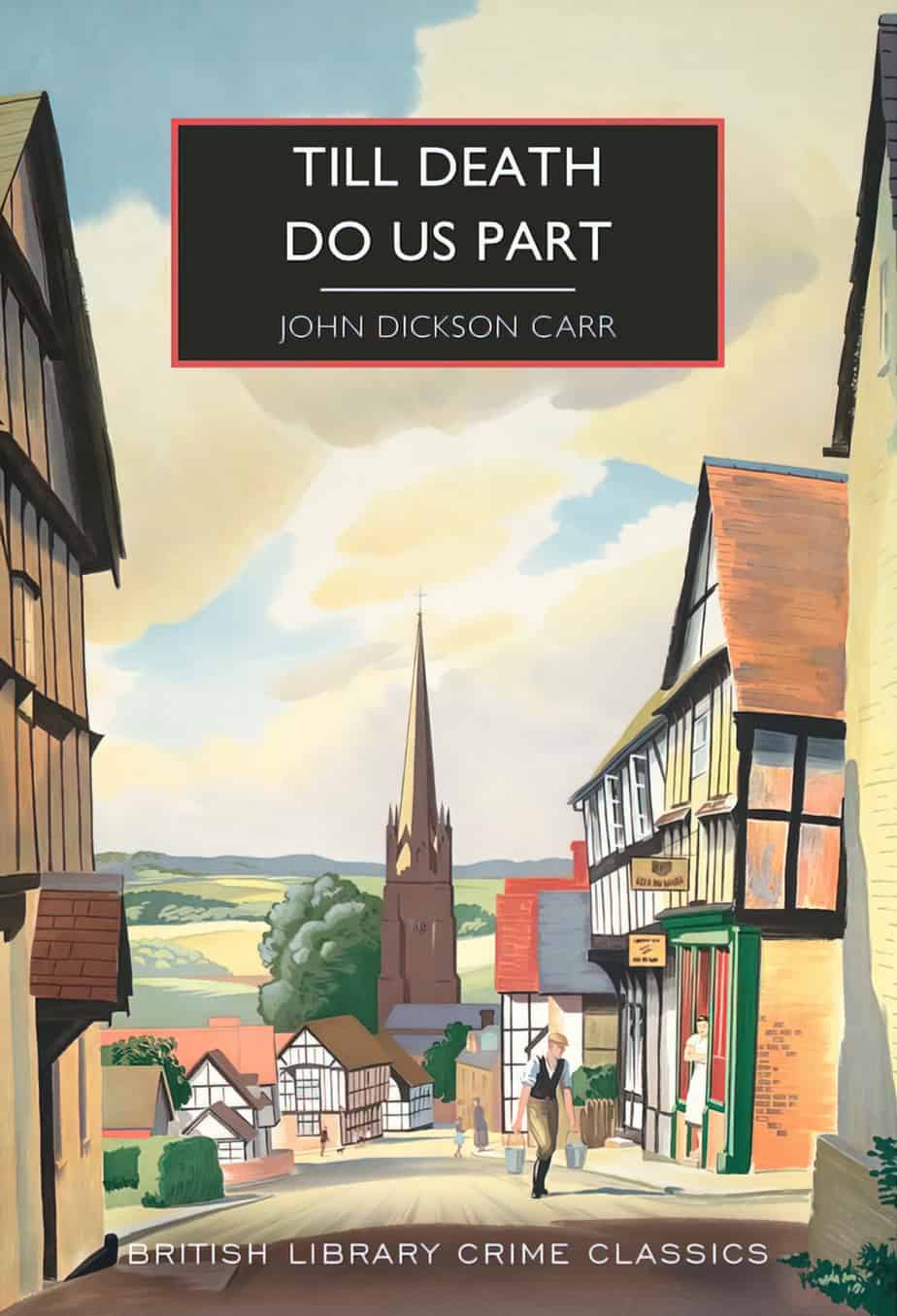
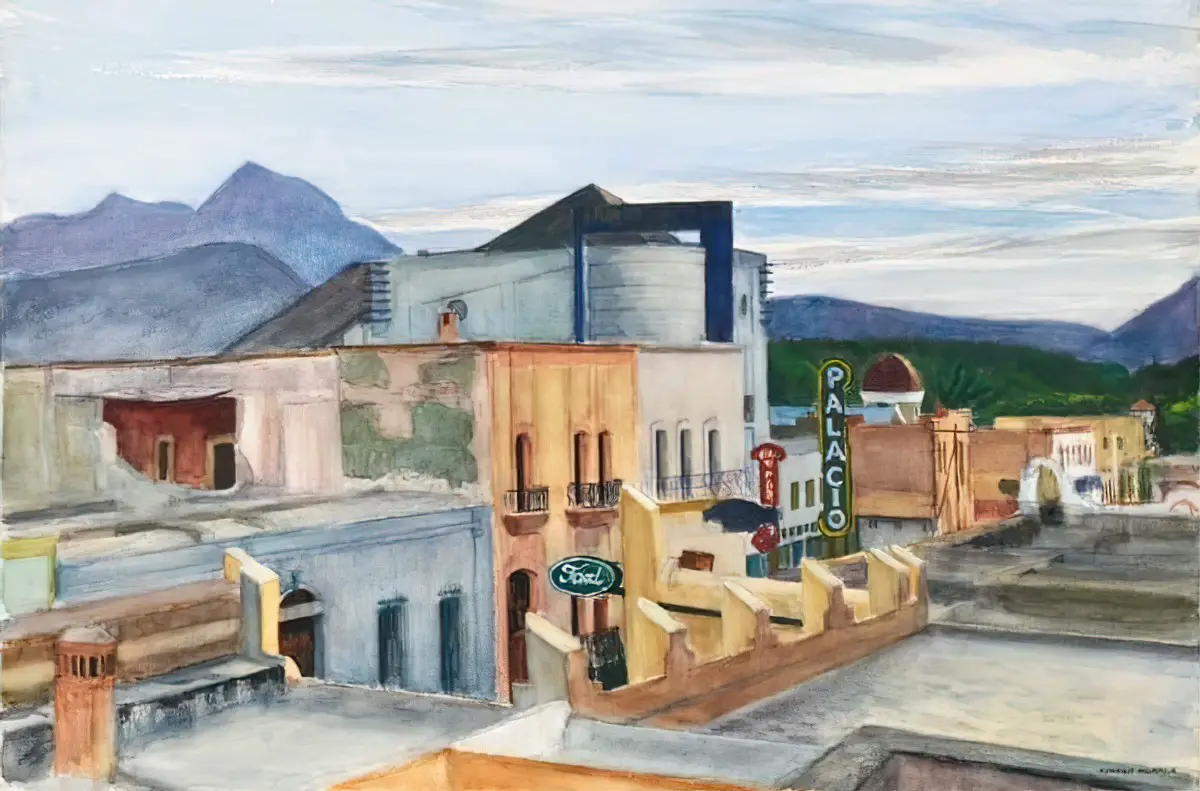
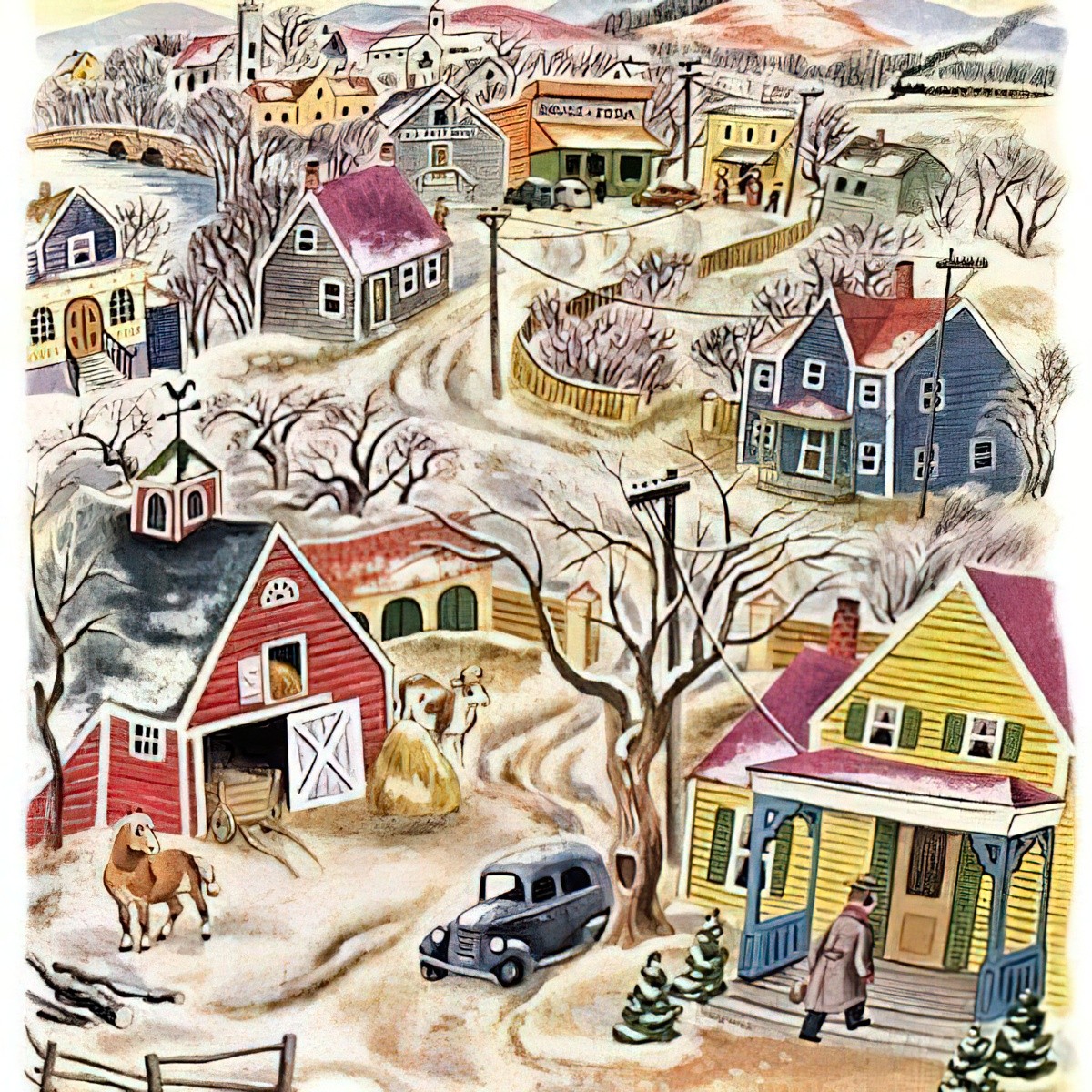
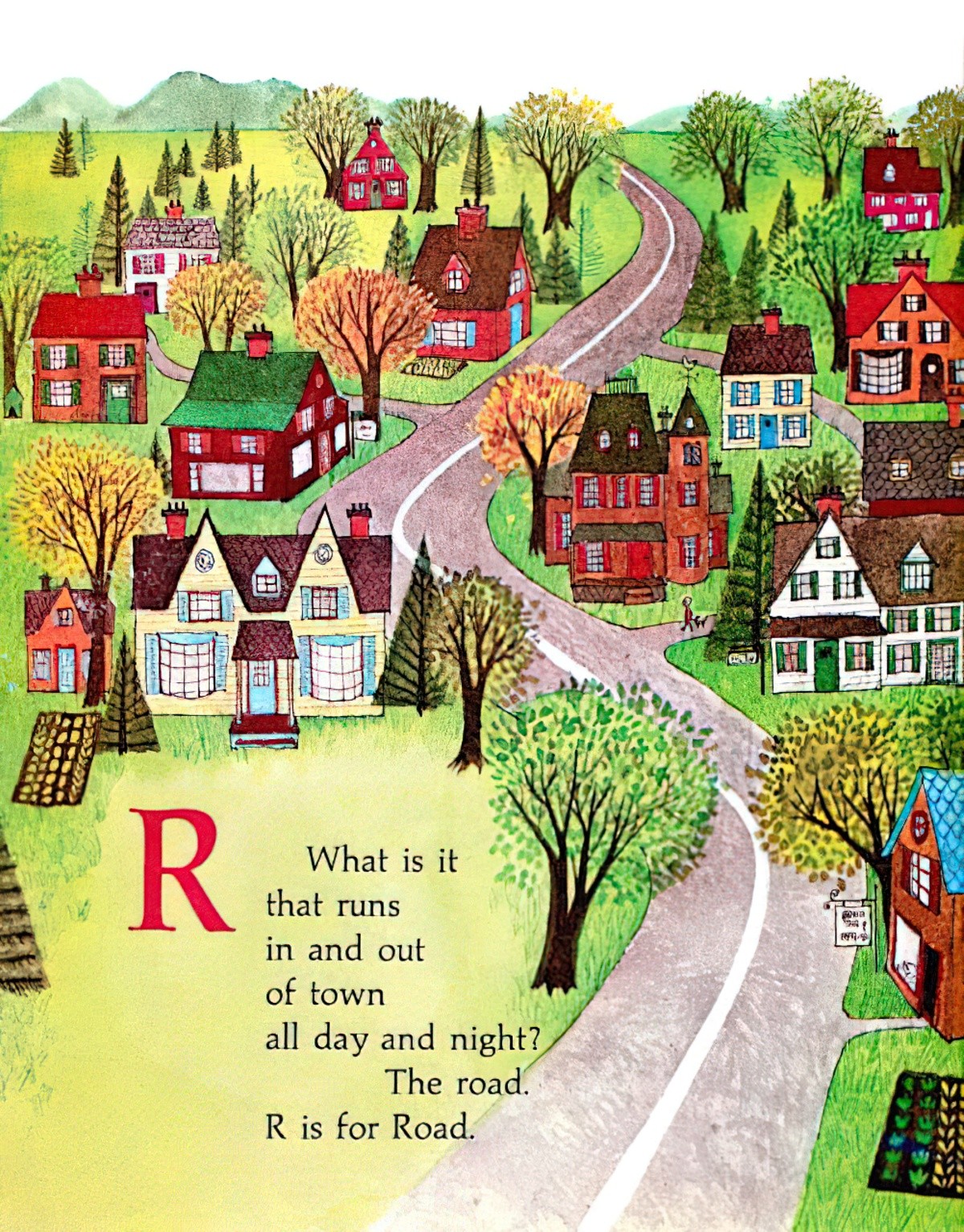
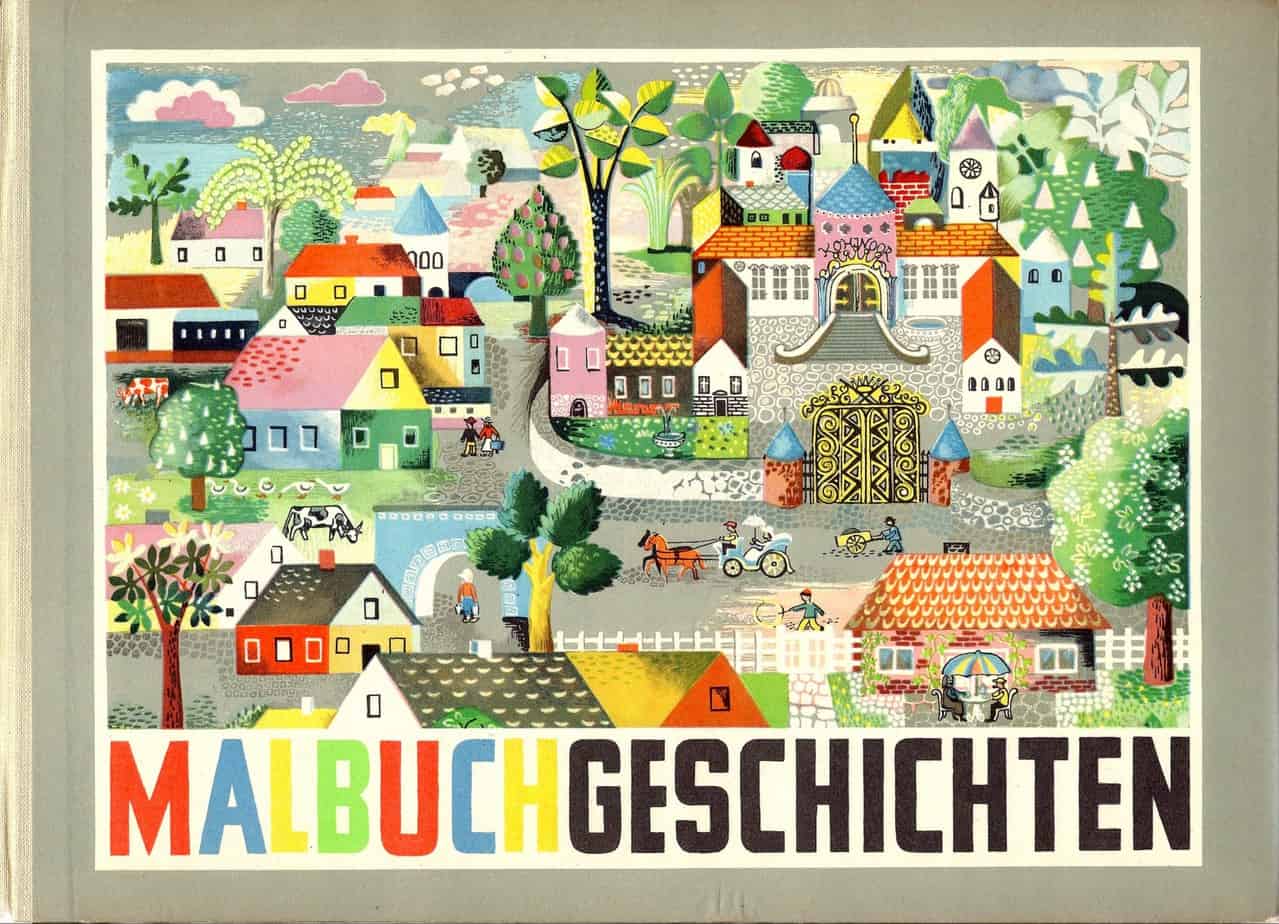
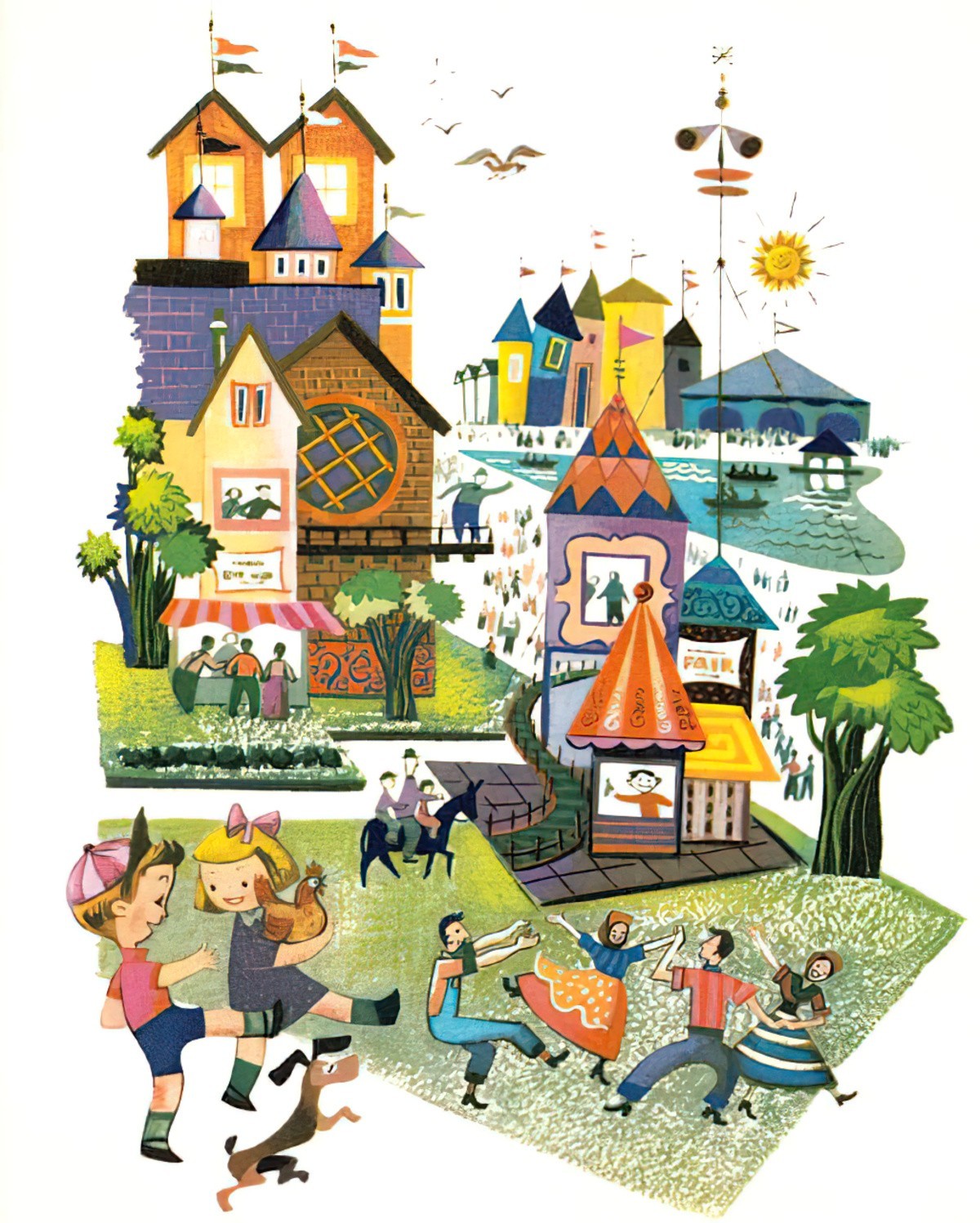
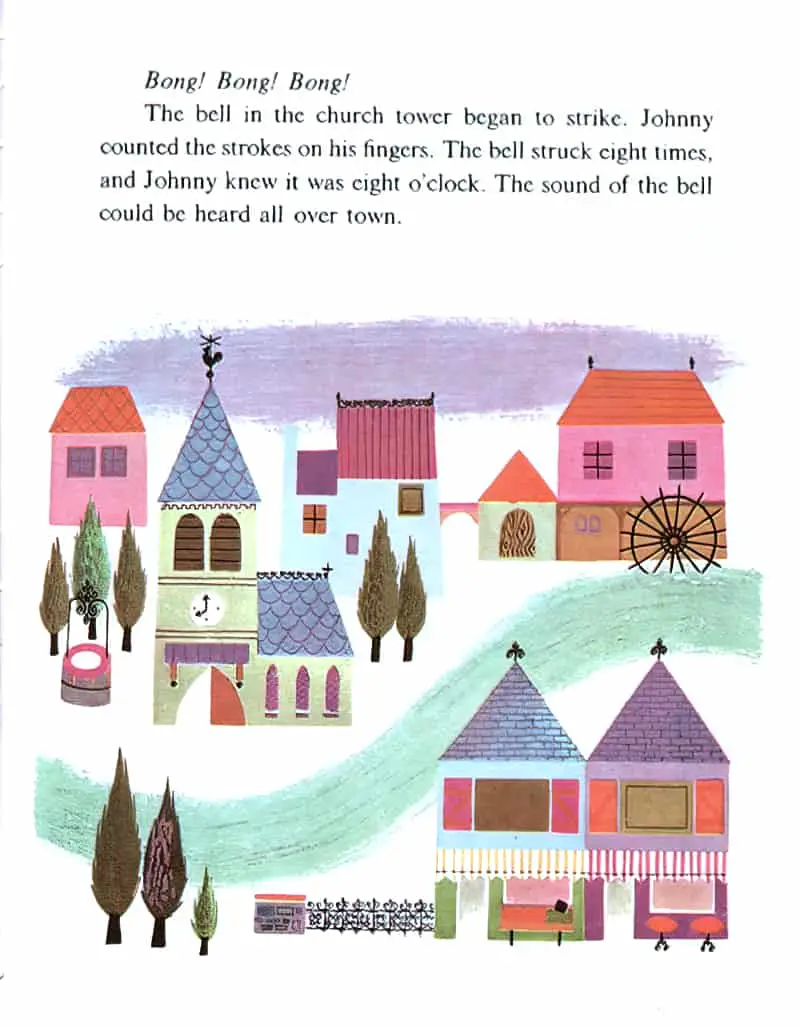
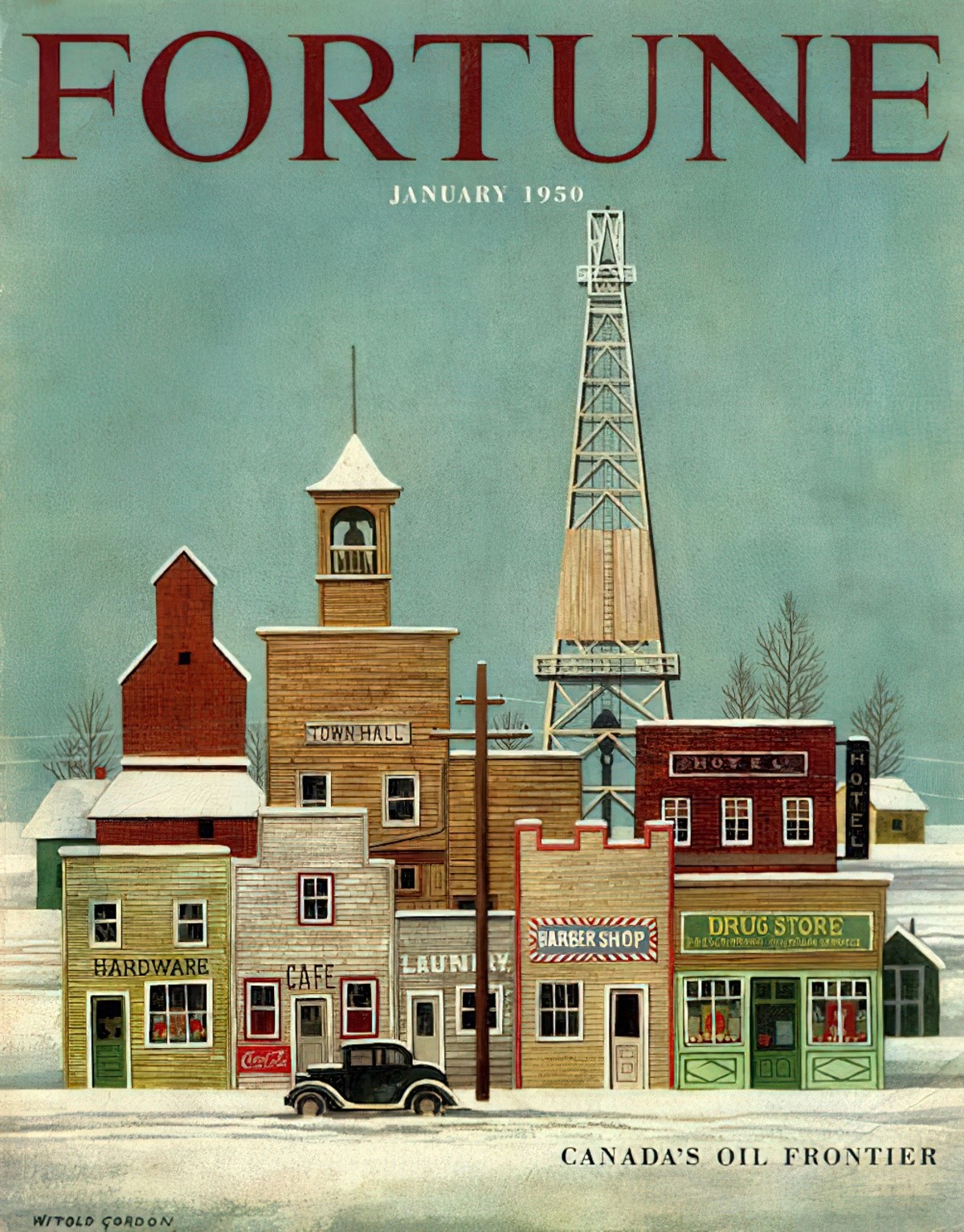
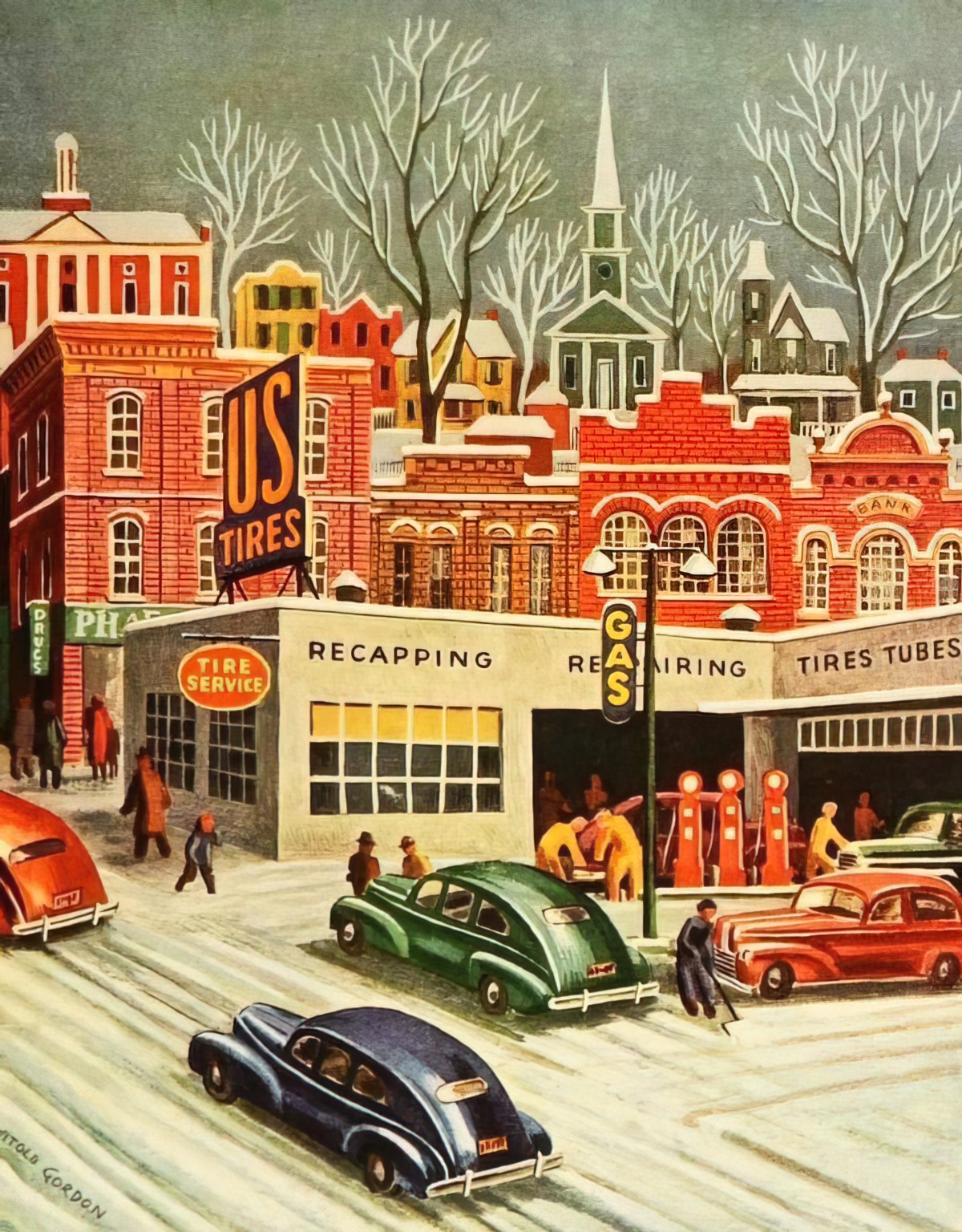
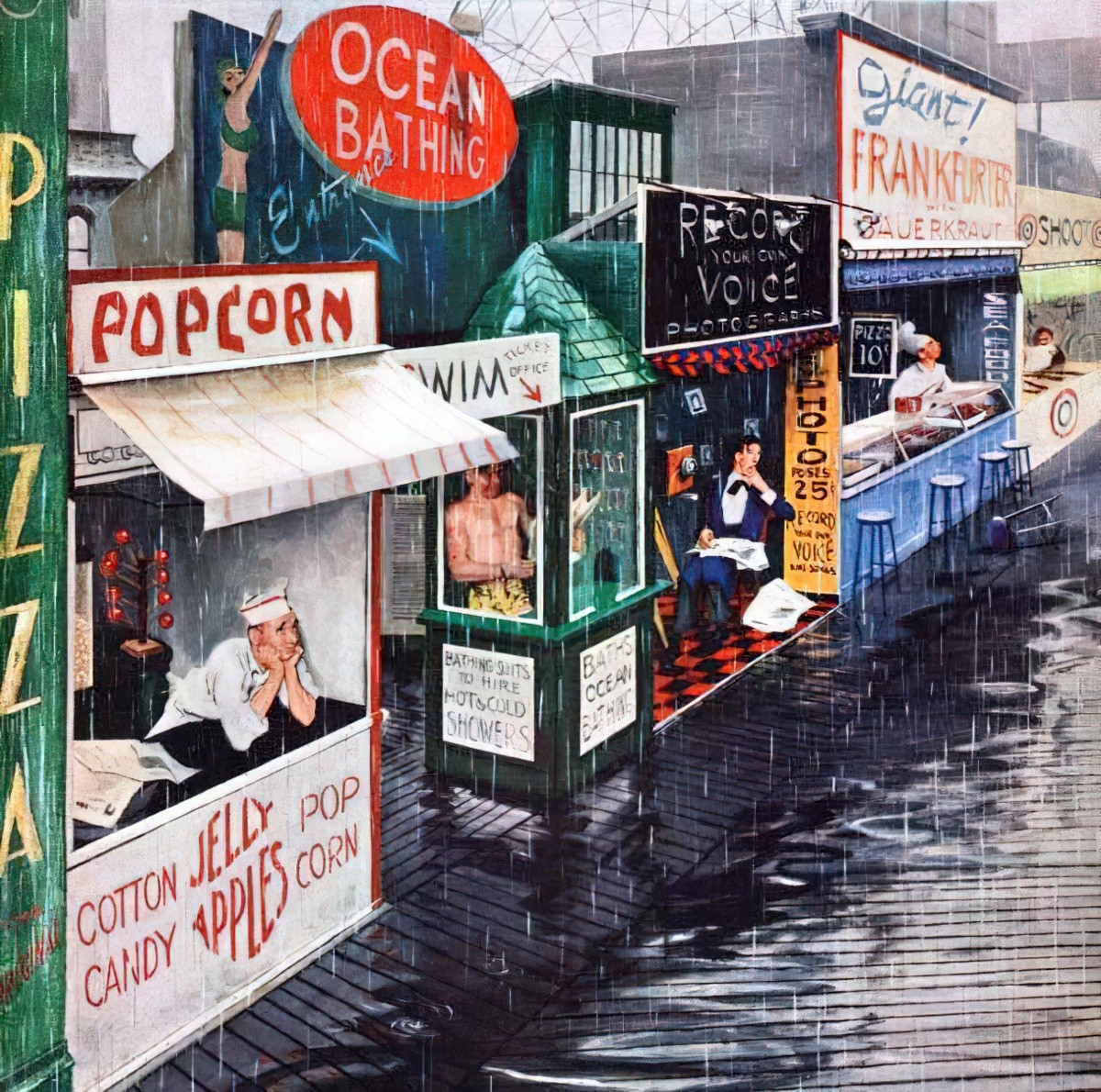
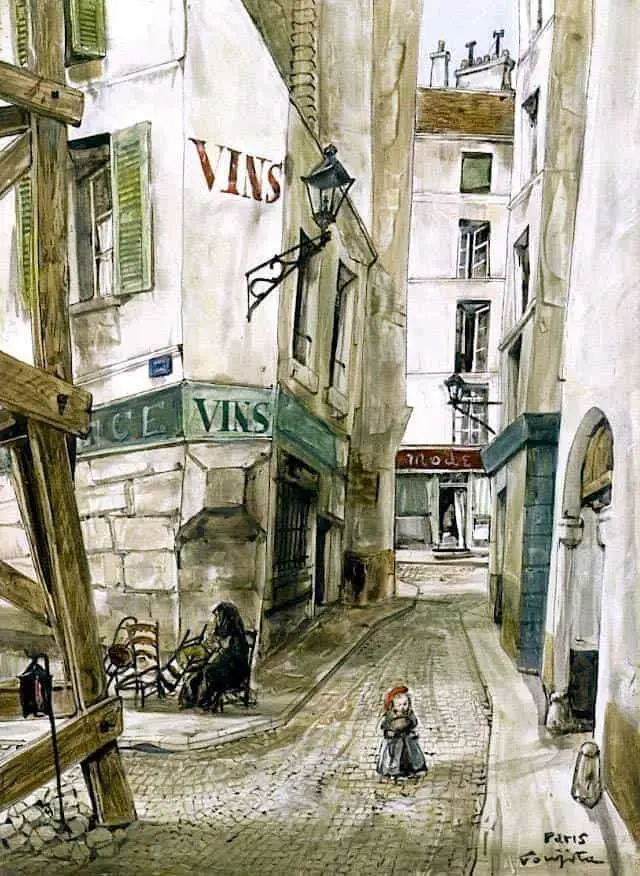
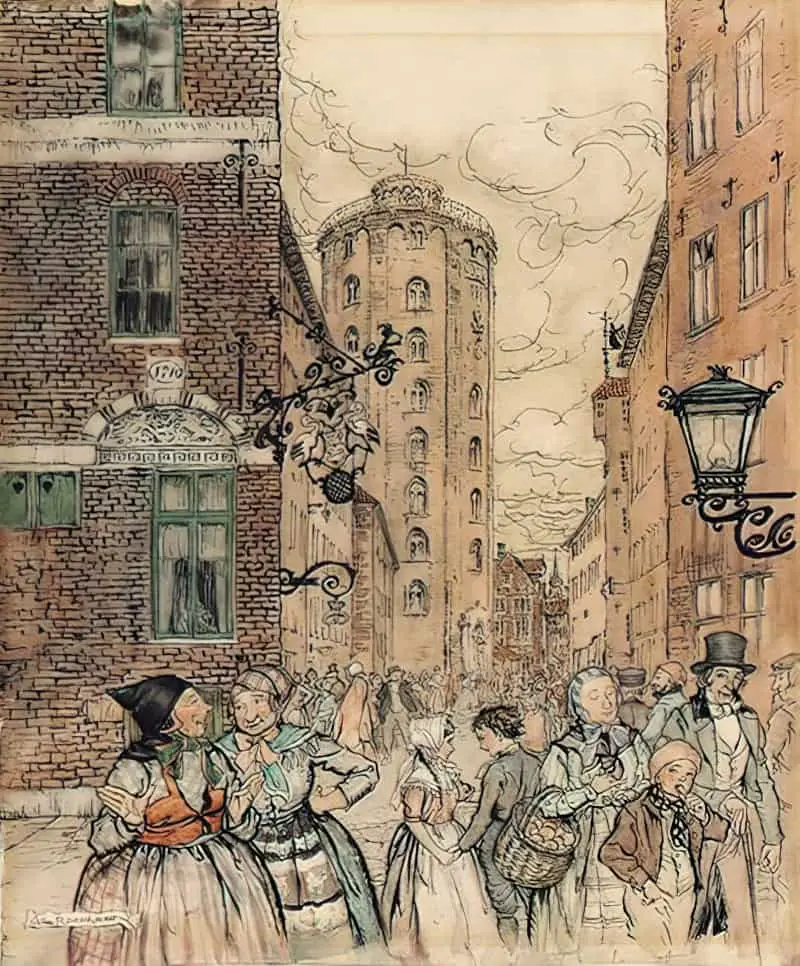
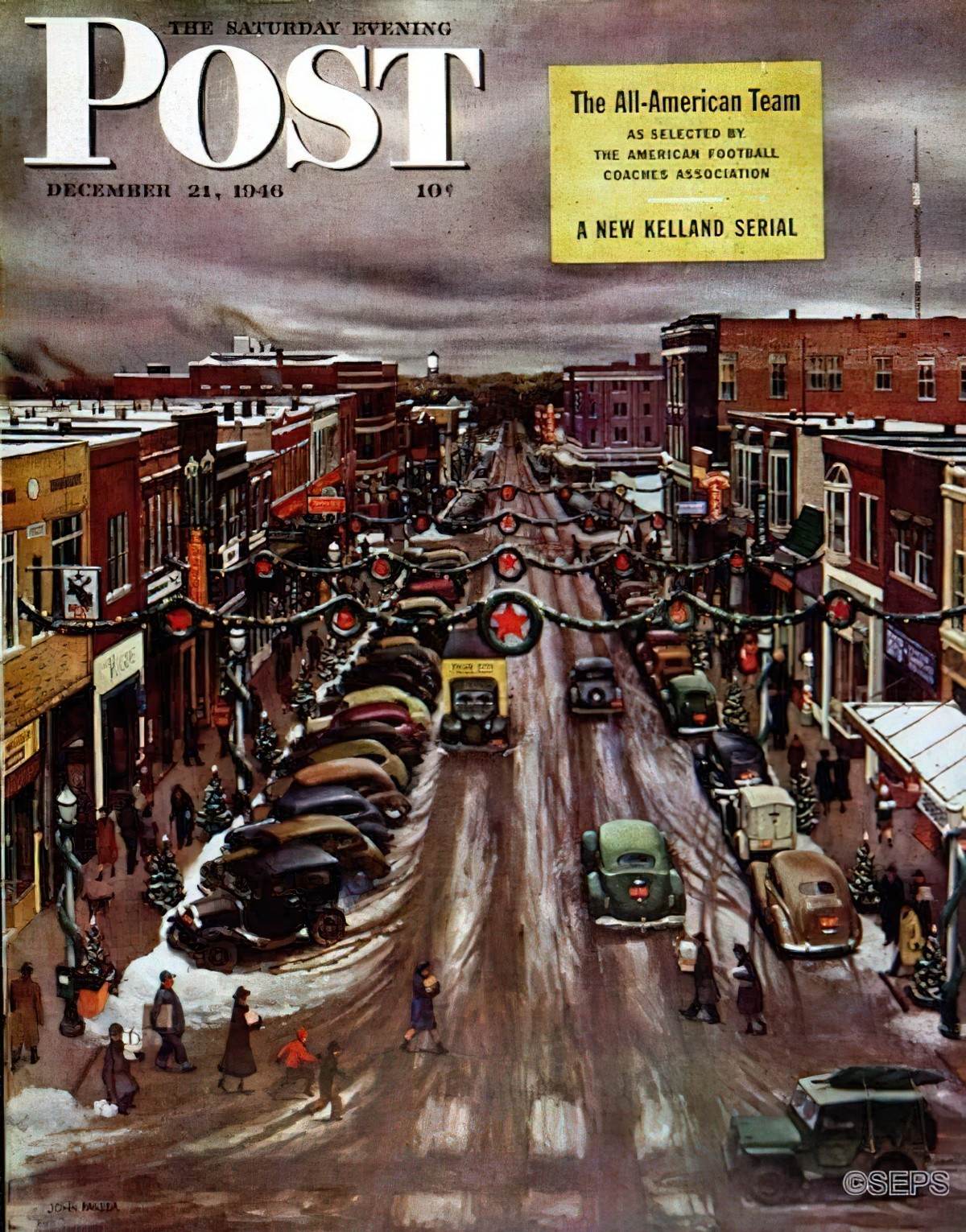
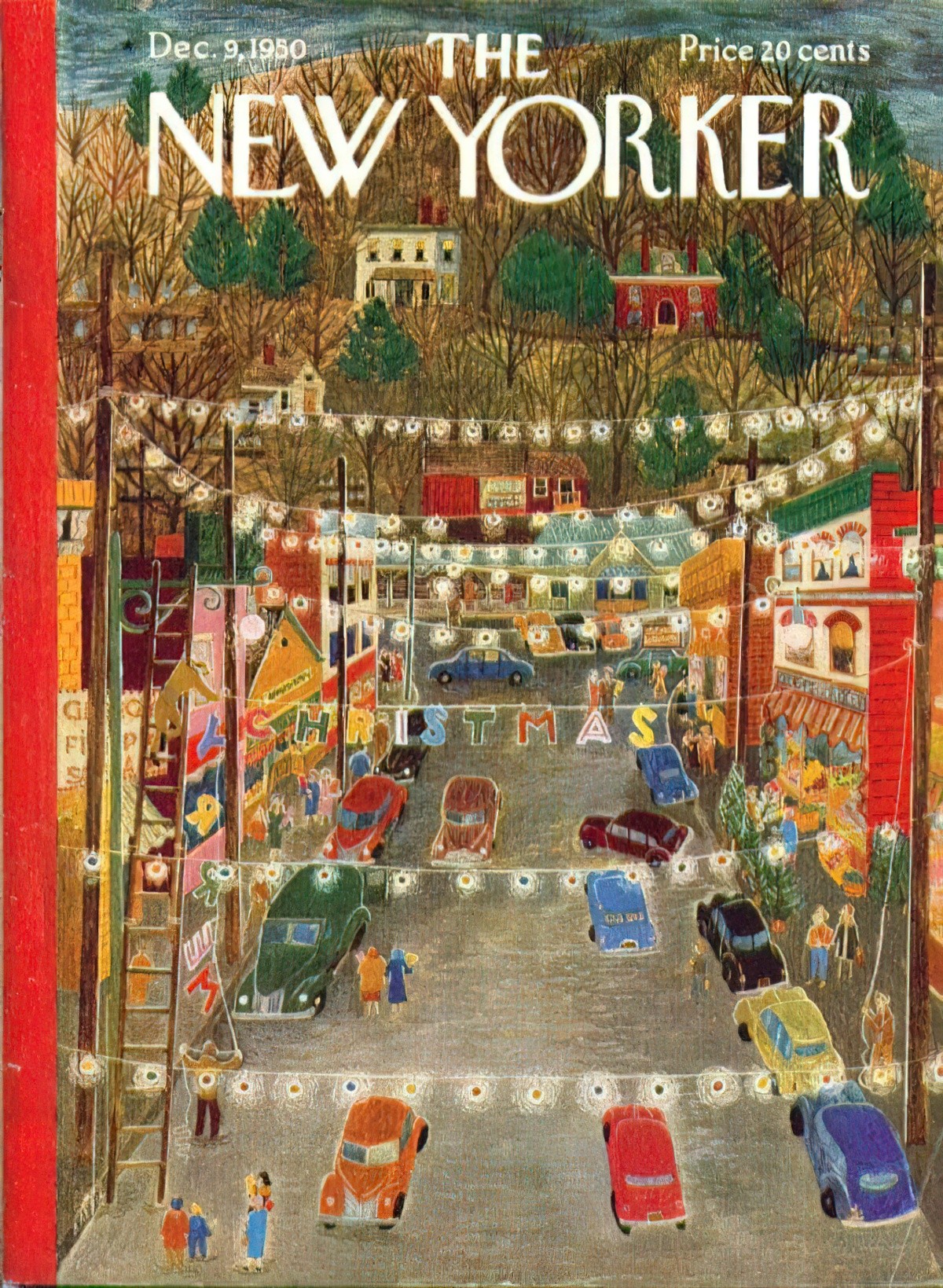
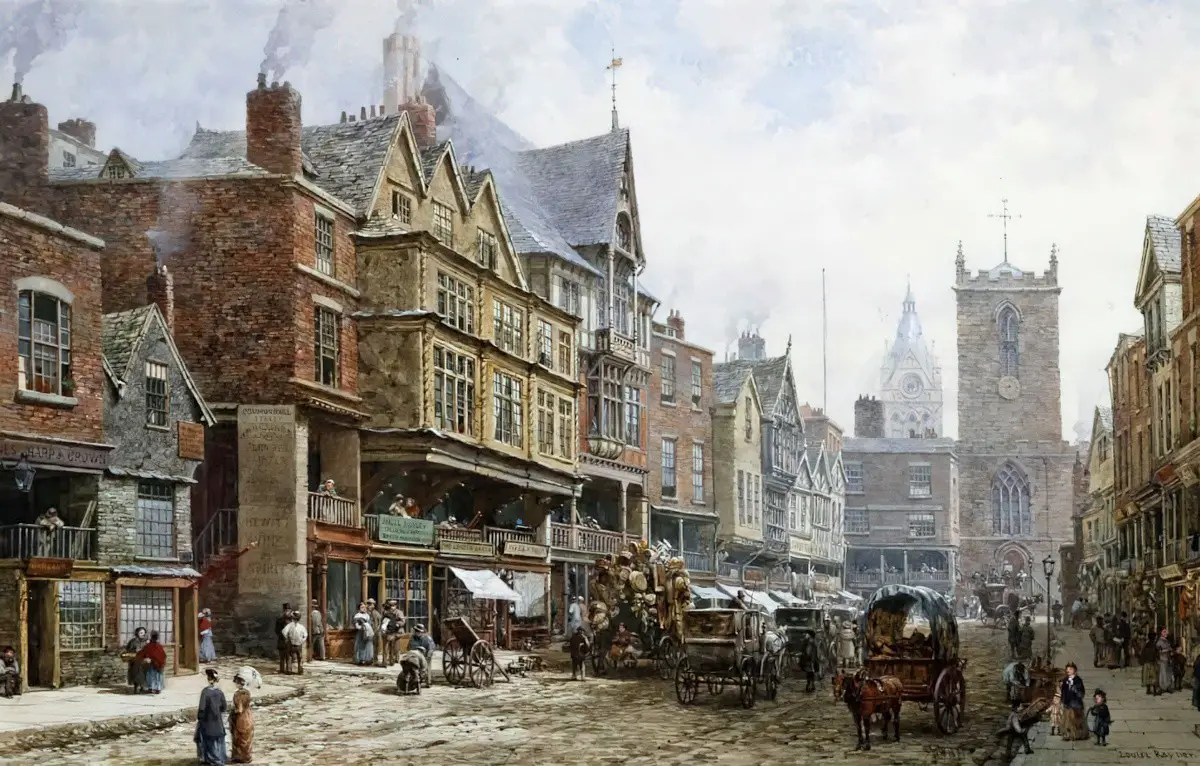
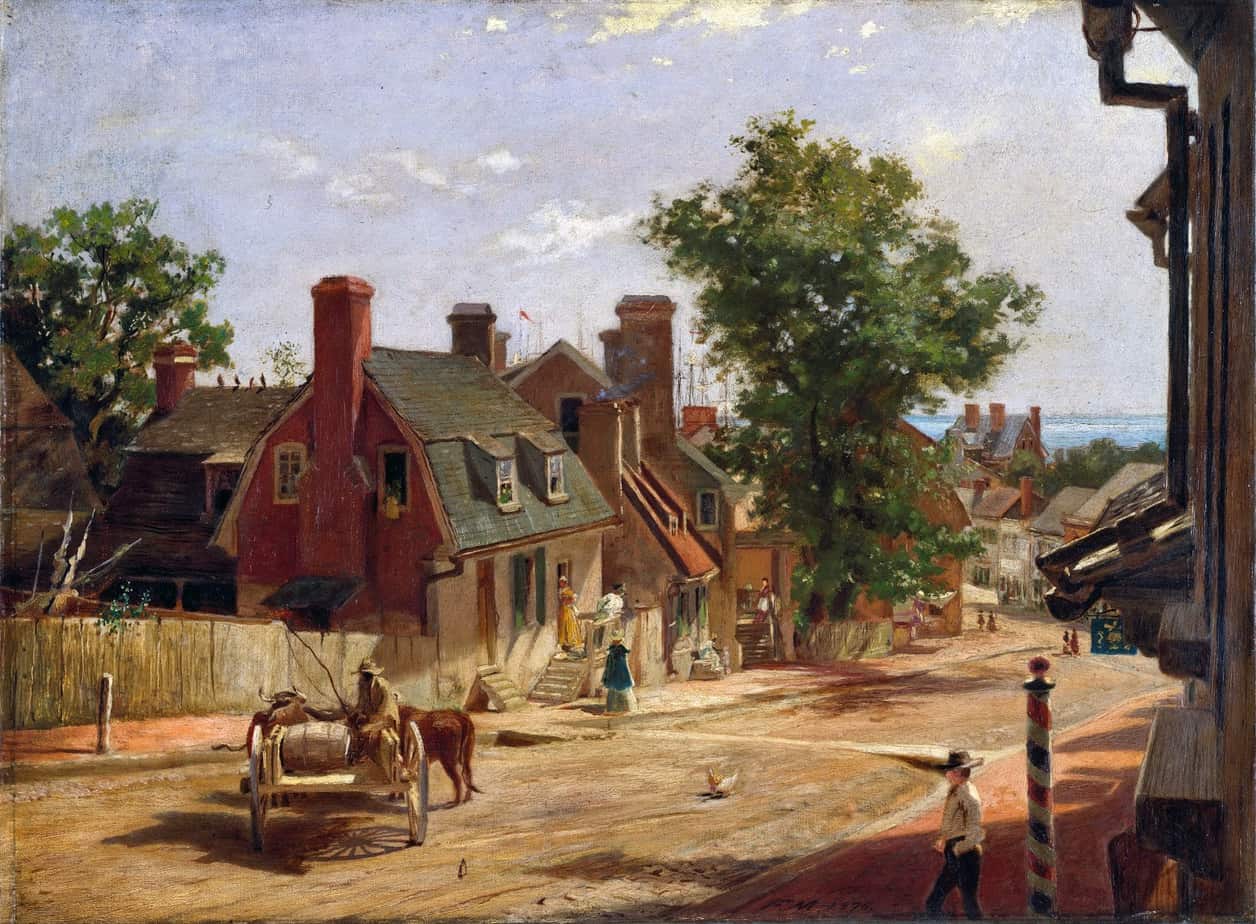
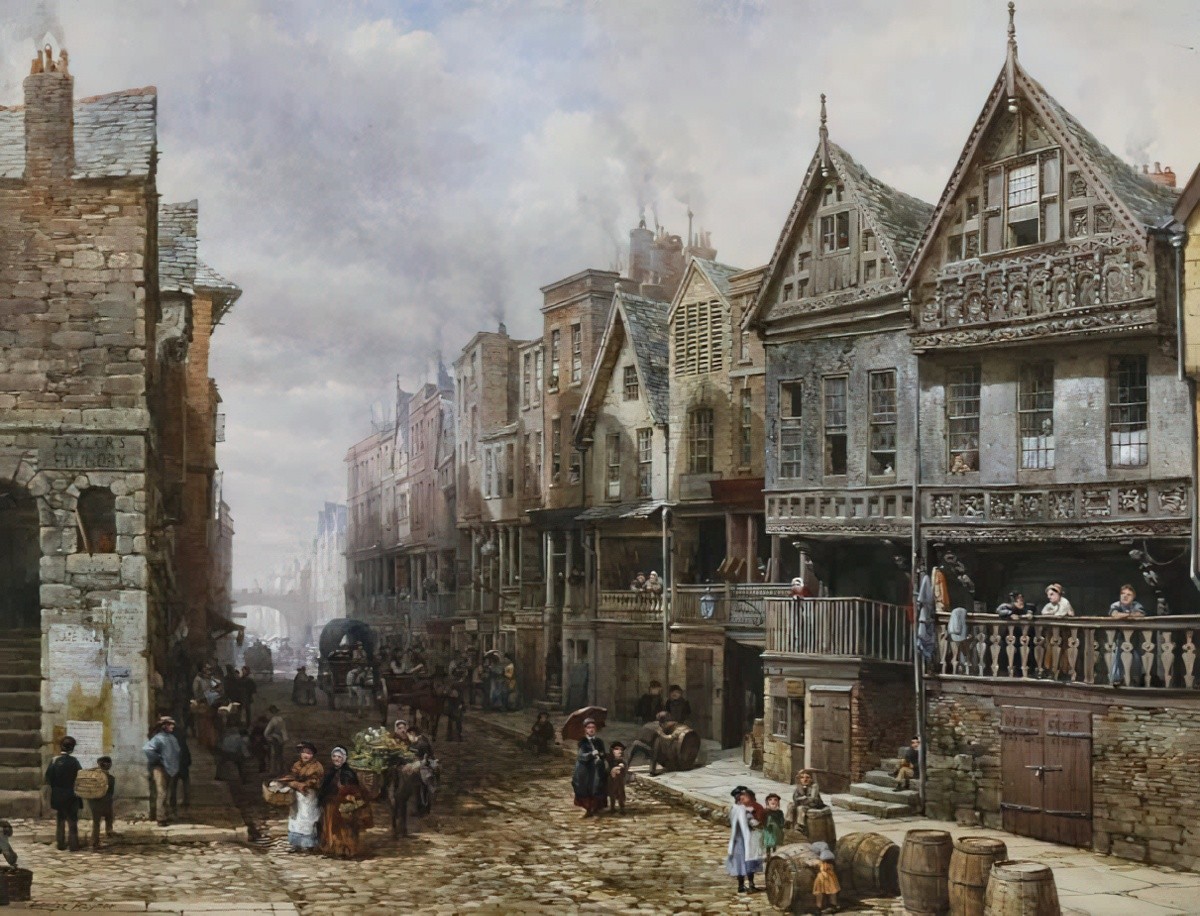
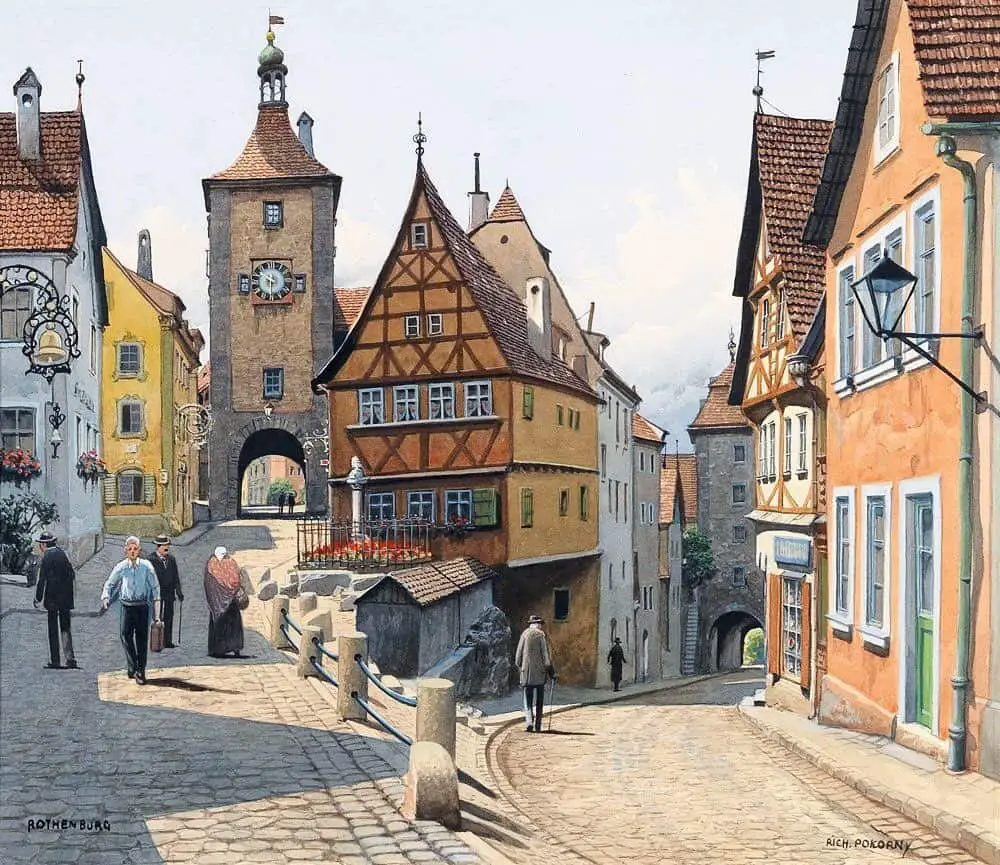
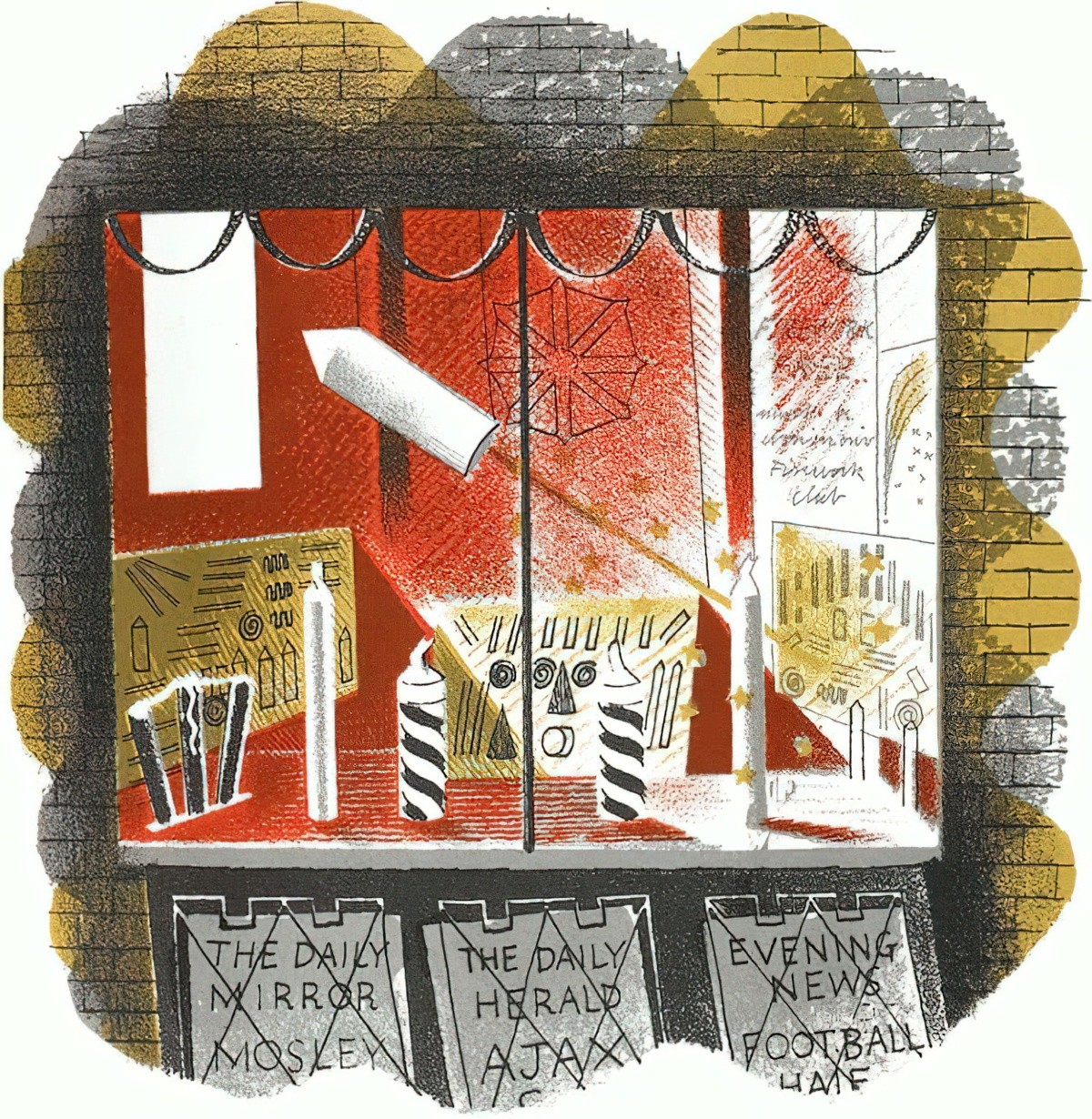
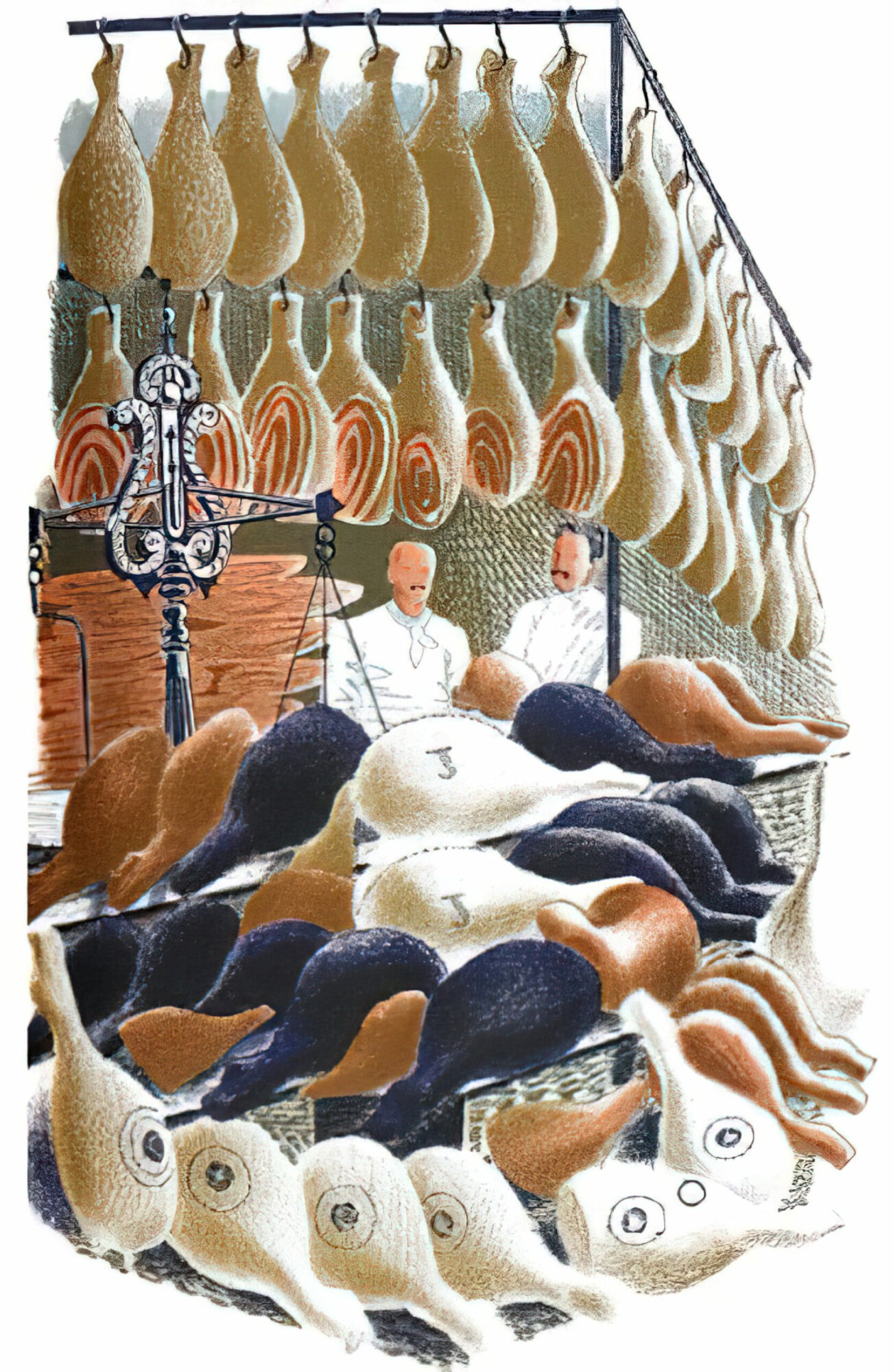
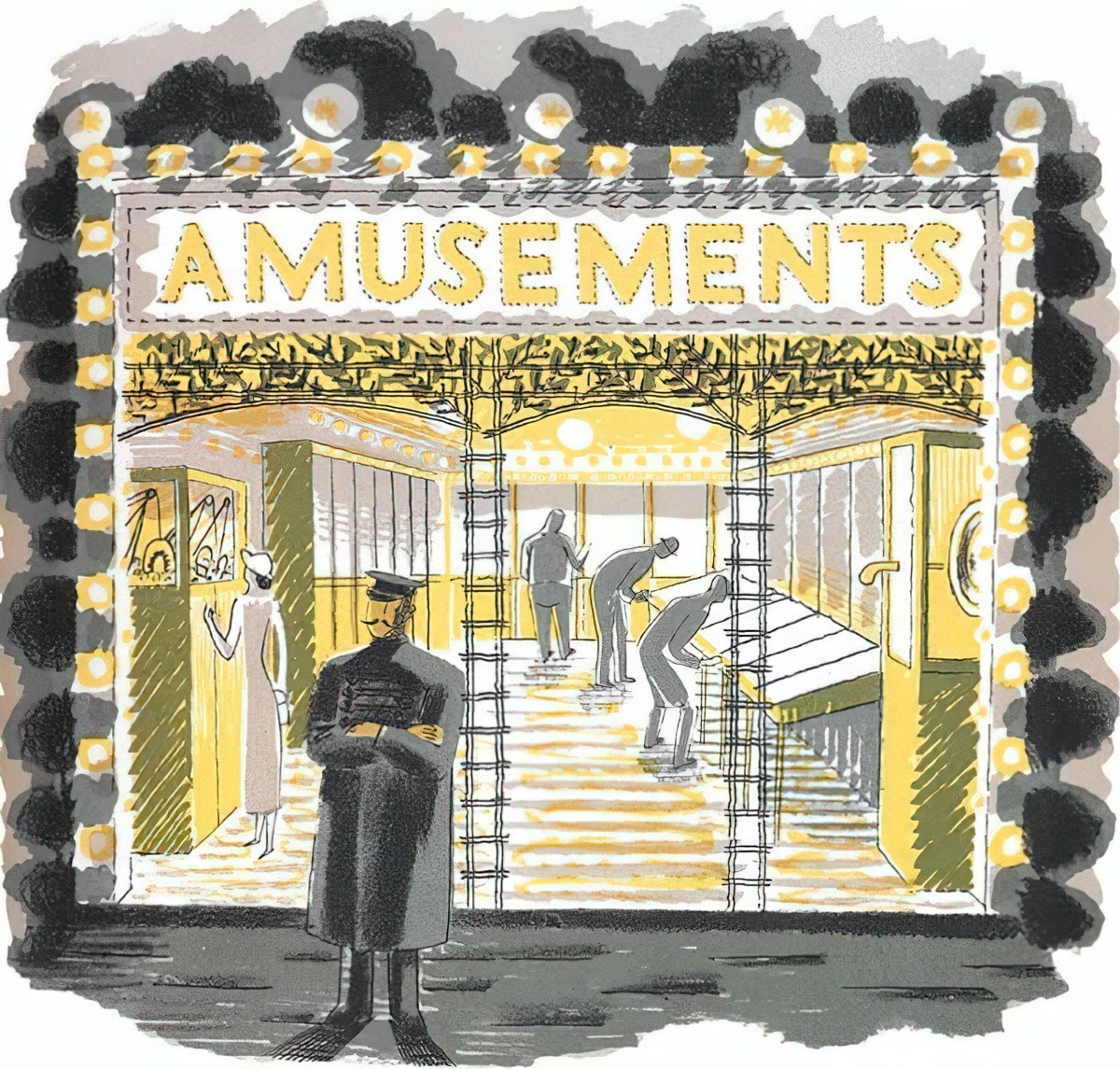
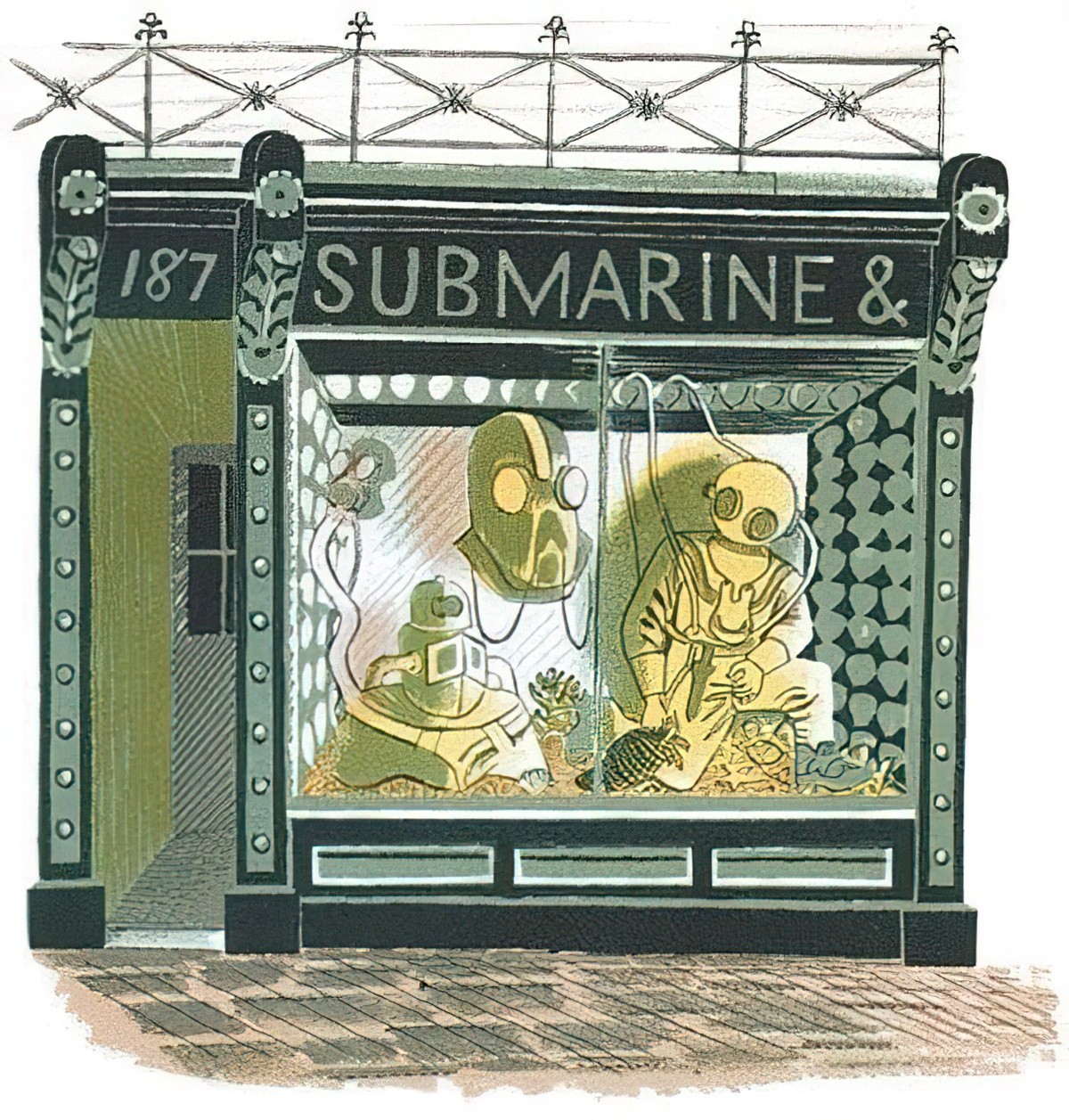
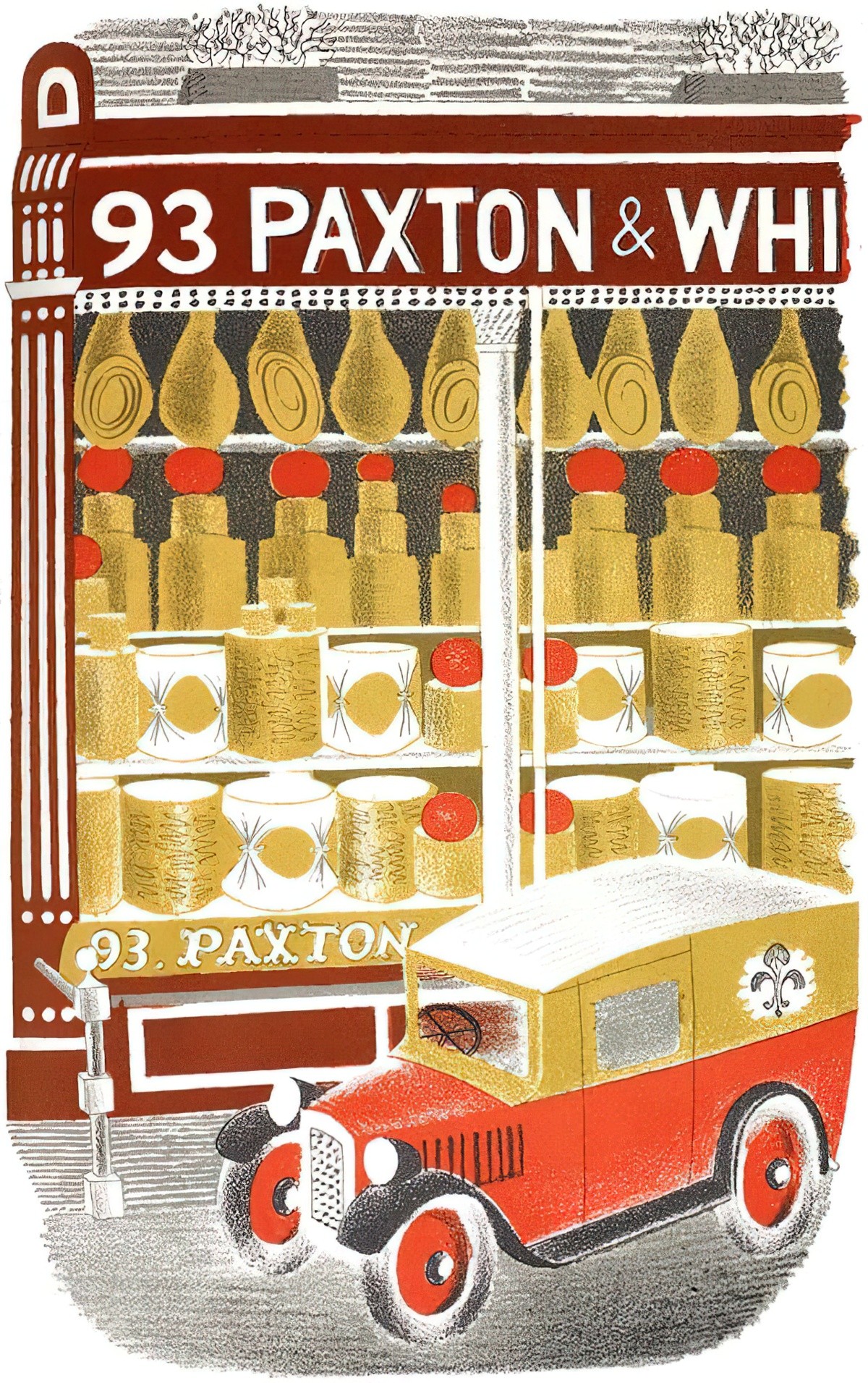
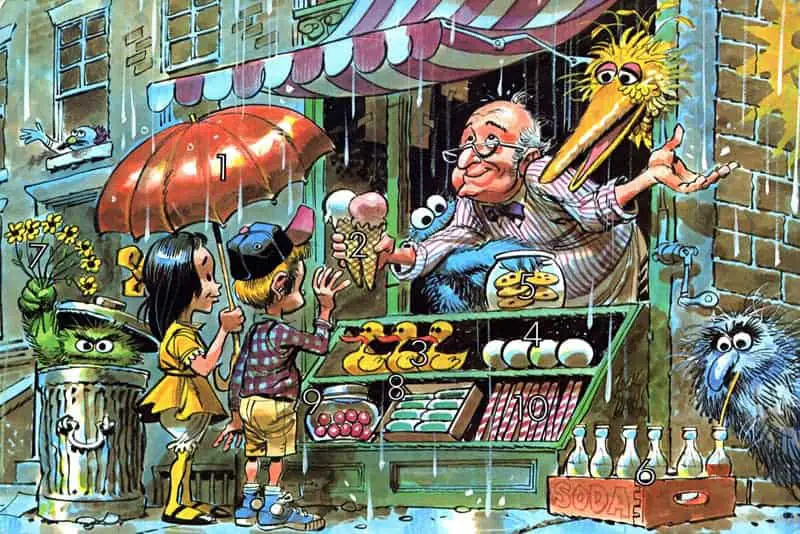
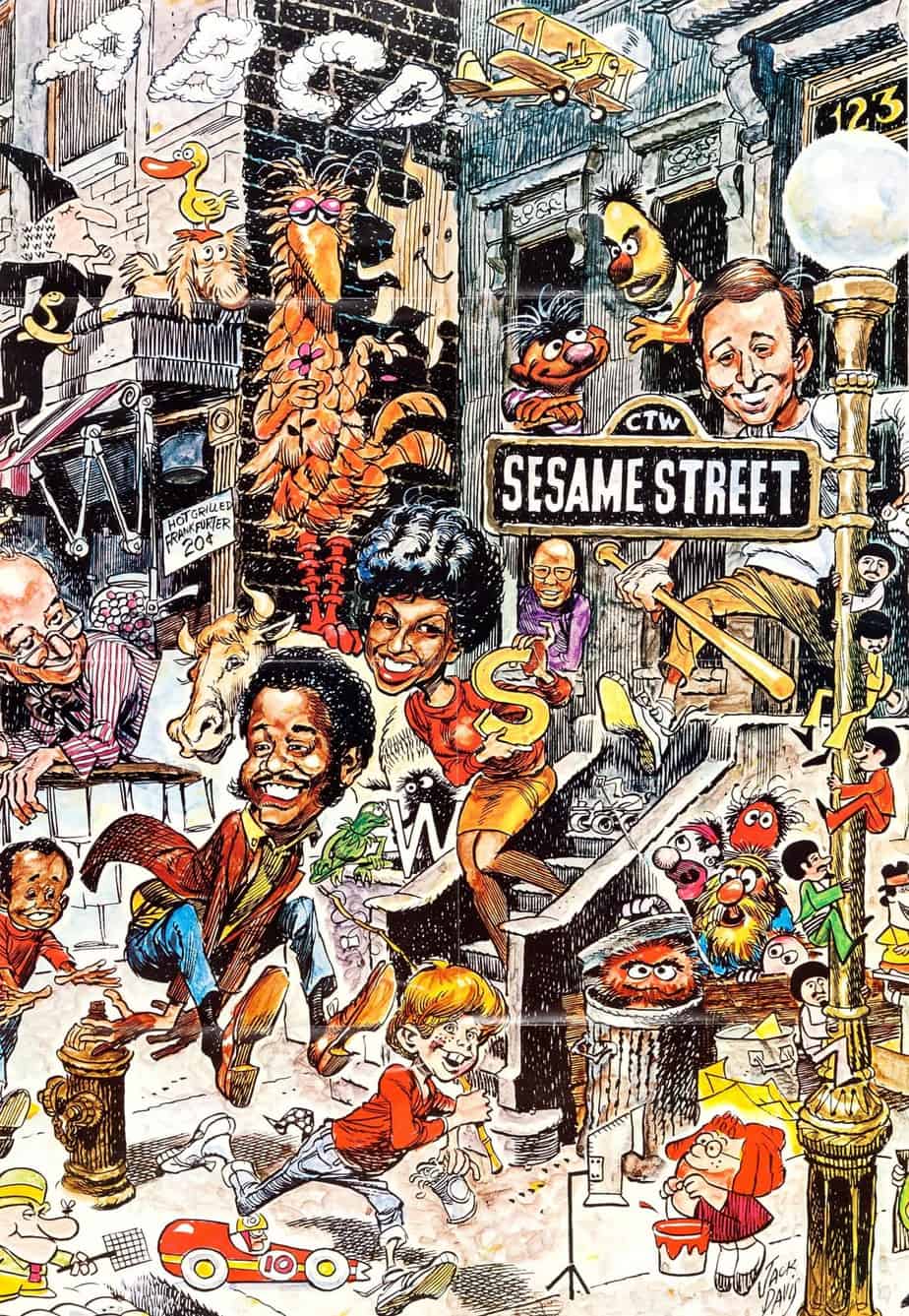
Small Towns Make Great Horror Settings
The Dark Swamp: Horror Stories 709: Someone Is Doing Something TERRIFYING In This Town | The Dark Swamp
Spoon River America: Edgar Lee Masters and the Myth of the American Small Town
A literary and cultural milestone, Spoon River Anthology captured an idea of the rural Midwest that became a bedrock myth of life in small-town America. Jason Stacy places the book within the atmosphere of its time and follows its progress as the poetry took root and thrived. Published by Edgar Lee Masters in 1915, Spoon River America: Edgar Lee Masters and the Myth of the American Small Town (U Illinois Press, 2021) won praise from modernists while becoming an ongoing touchstone for American popular culture. Stacy charts the ways readers embraced, debated, and reshaped Masters’s work in literary controversies and culture war skirmishes; in films and other media that over time saw the small town as idyllic then conflicted then surreal; and as the source of three archetypes—populist, elite, and exile—that endure across the landscape of American culture in the twenty-first century.
A wide-ranging reconsideration of a literary landmark, Spoon River America tells the story of how a Midwesterner’s poetry helped change a nation’s conception of itself.
New Books Network
Header illustration: Stevan Dohanos, Main Street
